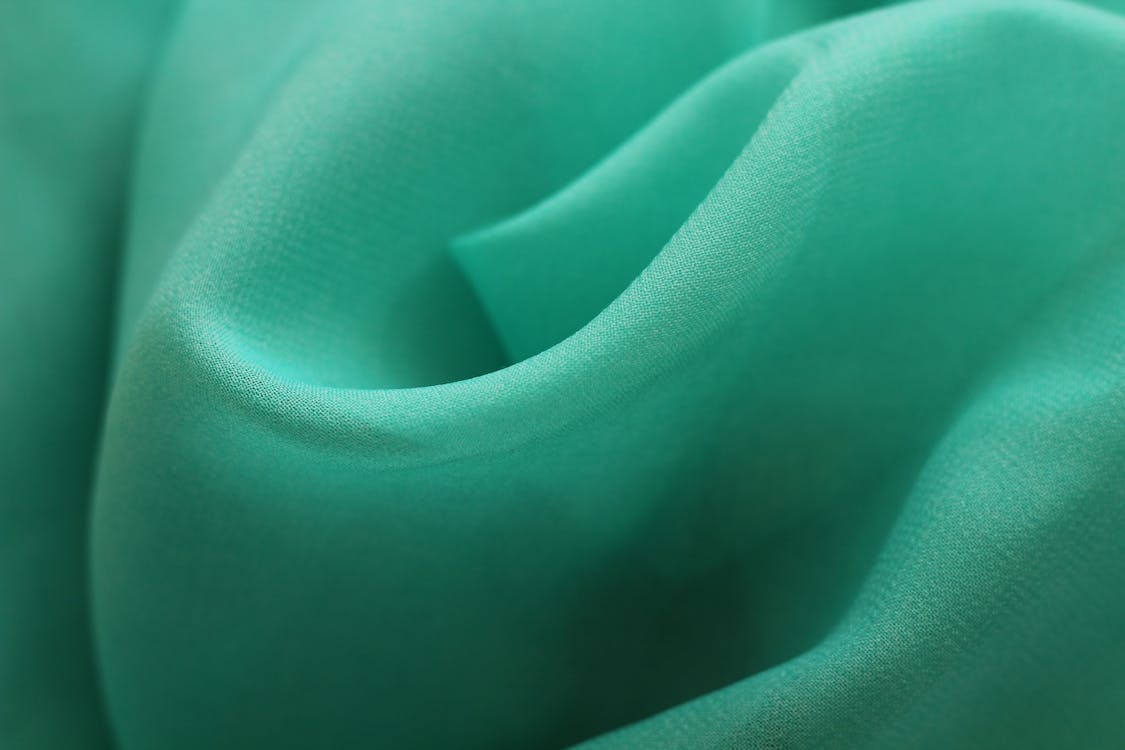
FAQ About Differences in Polyester
Differences in Polyester
2 years ago | gizem
Can polyester be ironed?
Yes, polyester can be ironed, but it requires some precautions to prevent damage to the fabric. Here are some guidelines for ironing polyester:
- Heat Setting: Set your iron to a low or medium heat setting. Avoid using high heat as it can melt or distort the polyester fibers, leading to irreversible damage. Always check the care label of the garment for specific ironing instructions.
- Use a Pressing Cloth: Place a clean, thin cotton or muslin cloth between the iron and the polyester fabric. This acts as a protective barrier and prevents direct contact of the hot iron with the fabric. Avoid using a steam setting as it can cause water marks or shine on polyester.
- Iron in a Gentle Motion: Apply gentle pressure and move the iron in smooth, even strokes over the fabric. Avoid lingering in one spot for too long as it can cause overheating and potential damage. Take care around seams, buttons, and embellishments to prevent snagging or melting.
- Test on a Hidden Area: If you are unsure about the heat tolerance of the polyester fabric, perform a patch test on an inconspicuous area before ironing the entire garment. This way, you can check if the fabric reacts well to the heat and adjust the ironing temperature accordingly.
- Hang or Lay Flat to Cool: After ironing, allow the polyester fabric to cool down completely before folding or hanging it. This helps the fabric retain its smooth appearance and prevents wrinkles from forming due to heat.
It's important to note that not all polyester fabrics are suitable for ironing. Some polyester blends or delicate fabrics may require alternative methods of smoothing, such as steaming or using a fabric-safe wrinkle releaser. Always refer to the care label or manufacturer's instructions for specific ironing guidelines for your polyester garment.
If you have any doubts about ironing a specific polyester item or if you're unsure about the fabric's heat tolerance, it's best to err on the side of caution and seek professional advice or consider alternative methods of garment care.
